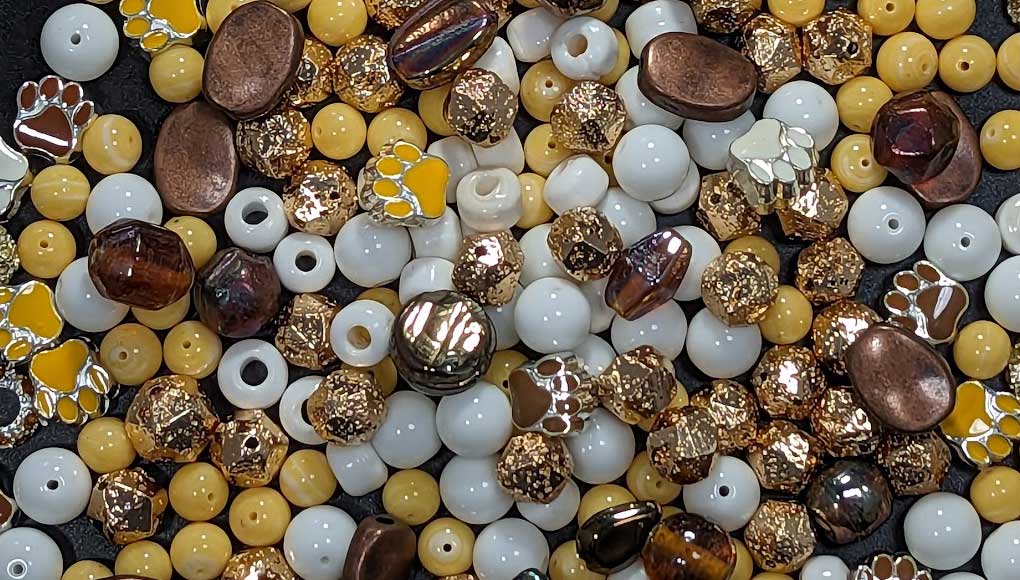
As part of the National Responsible Pet Guardian Month, here are some useful tips for you as you and your pets shake off the winter doldrums and explore the great outdoors or while you’re considering adding to your landscaping.
As the temperatures rise and nature awakens, our furry friends are just as eager to explore the great outdoors. However, it’s important to be mindful of the potential dangers that certain flowers and plants can pose to our beloved pets. In this article, we’ll highlight some common poisonous plants that bloom in the spring and summer, and offer tips on keeping your pets safe while still enjoying the beauty of nature.
1. Azaleas and Rhododendrons:
These vibrant and popular flowering shrubs can add a splash of color to any garden, but they are highly toxic to pets. Ingesting even a small amount of azaleas or rhododendrons can cause symptoms like vomiting, diarrhea, drooling, and even more severe reactions. Keep your pets away from these plants, and consider pet-friendly alternatives such as marigolds or petunias.
2. Lily Varieties:
Lilies are exquisite blooms that often make their appearance during spring and early summer. However, many species, including Easter lilies, tiger lilies, and lily of the valley, can be extremely dangerous for cats. Ingesting any part of these plants, even the smallest amount, can cause severe kidney damage and even be fatal. If you have feline companions, it’s best to avoid having lilies in your home or garden altogether.
3. Tulips and Daffodils:
Tulips and daffodils are cheerful and widely cherished spring flowers. While the bulbs are the most toxic part of these plants, the entire plant can cause gastrointestinal upset if ingested by pets. Symptoms may include drooling, vomiting, diarrhea, and in some cases, more severe complications. Be cautious when planting these bulbs and ensure they are out of your pet’s reach.
4. Sago Palms:
Sago palms are popular as ornamental plants both indoors and outdoors. However, all parts of the sago palm, including the seeds, leaves, and roots, are highly toxic to pets. Ingestion can lead to liver failure, seizures, and even death. If you have a sago palm in or around your home, make sure your pets cannot access it, and consider replacing it with pet-safe alternatives like the areca palm or Boston fern.
5. Oleander:
Known for its beautiful flowers and evergreen foliage, oleander is an extremely poisonous plant for both pets and humans. Ingesting any part of the oleander plant can cause serious cardiac issues, including irregular heartbeat and potentially even death. Keep your pets away from this plant, and if you suspect they have ingested any part of it, seek immediate veterinary care.
While it’s important to enjoy the vibrant beauty of spring and summer blooms, pet safety should always be a priority. Familiarize yourself with the potential hazards of toxic plants, and take precautions to prevent your pets from accessing them. If you suspect your pet has ingested a poisonous plant, contact your veterinarian right away or reach out to a pet poison helpline for immediate guidance. With a little awareness and proactive measures, you can keep your furry friends safe and enjoy the wonders of nature together.












